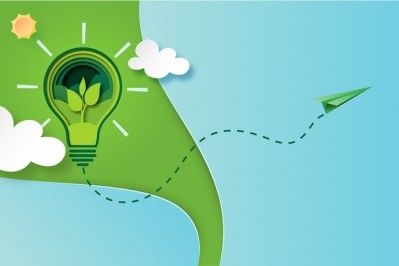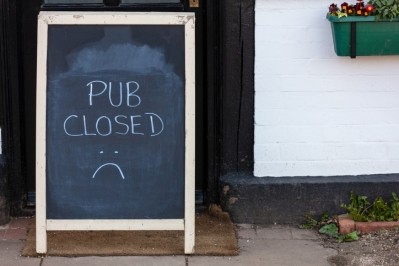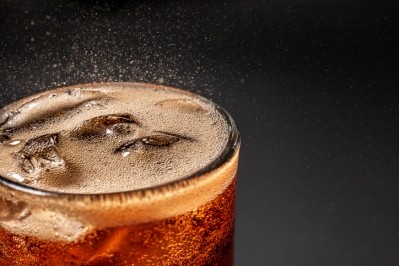How the beverage industry can continue to adapt to COVID-19 challenges

COVID-19 has had a major impact on the beverage industry, seeing everything from products flying off shelves, supply chain complications and changes in consumer behavior. As we continue to face an uncertain road ahead, there are a handful of lessons that the industry can learn from to ensure we adapt this year and beyond.
Raw materials have been moving quickly through the supply chain, which has been stretched thin, and we have experienced shortages like never before. Although some are engineered, most raw materials are contracted, grown and harvested. That gives a limited availability, with about a 20-30% flex rate in a good year. There is a fixed harvest yield on grains and fruit, which means beverages made with these materials face significant challenges to refill the pipeline.
Demand in 2020 was high. Most companies stopped innovation completely, at least in the first half of the year, and switched focus to delivering product to retailers and consumers. Some companies reported 200-300% growth over the previous years’ sales in just half the time. Some companies exceed their contracts/allocations for raw materials and scrambled to identify new vendors for materials. With supply being depleted, vendors could not fill orders without materials to sell. Again, using fruit as an example, with only two general growing seasons, there were new challenges for procurement teams. There was a world wide impact. From Poland, the “farm basket of Europe,” to South America, there was a direct impact on manufacturing in the US and the challenges remain.
How can companies secure raw materials and strengthen their supply chain? We are seeing smaller beverage companies reaching out to friendly competitors to pool resources. They are also working with vendors to find materials not being utilized by companies that already accepted product. A brokerage system has played a vital part of survival, with companies trading for any excess materials that might not be used before expiration.
Certain materials did exist, but were in the wrong place and in the wrong form. Much of the supply went into food service in bulk. This product was meant for restaurants and institutions, but with those facilities shut down, there was no mechanism to draw it back, subdivide and repackage for retail where it was needed. As some restaurants are opening for take-out, others remain closed. In 2021, beverage companies and vendors need to collaborate to navigate around this and redistribute quantities to food service and retail.
While suppliers and manufacturers worked to keep things moving, consumers were sent on a scavenger hunt to find products. This caused an evolution in purchasing behaviors and a rise in e-commerce. Consumers wanted to indulge, including rich coffees and keto and smart beverages. To help re-anchor their psyche and emotions, consumers were spending money on expensive treats and pick-me-ups to stay cozy at home and feel good. They still desired their typical protein shakes as they attempted to maintain a sense of normalcy.
To reach consumers, some start-up beverage companies are investing in direct-to-consumer options as retailers shifted focus away from shelf resets and new products. Although an option prior to COVID, they developed online purchasing and ordering programs which accelerated in 2020. Additionally, curbside pick-up at retail and restaurants is convenient and helps reduce foot traffic. Expect to see this trend continue this year.
When we look at what is driving sales in retail stores, we see beverages with high-sugar content still being suppressed in most segments. Shelf space previously occupied by beers have been replaced by ciders and sparkling cocktails. Those two categories that have grown exceptionally well these past 18 months. Shelf life is a challenging area for beverages, and we are seeing innovation and shifts to beverages with longer lives. This will help them better survive waves of purchasing, giving retailers more time to turn product.
As always, the sparkling water segment is still enormous, but older companies are struggling for relevance. Consumers are not drinking sweet or even orange and cranberry juices. Many companies are revamping and dropping sugar-heavy offerings, looking to go natural. Innovation is starting back up with teams working to deliver what the marketplace wants.
2020 forced a completely different mindset for everyone involved, but with preparation, our industry can move forward. Planning accordingly and establishing effective, open lines of communication will help ease the transition and set precedence for the future.
About the author: George Squire is an R&D lead at JPG Resources, leading food & beverage innovation and commercialization group, and Business Partner on the Greenhouse team. Squire brings specialized experience as a veteran in the food and beverage industry, having provided a full range of expertise, including food marketing, production and innovation. As a member of the Greenhouse team, Squire has helped leverage plant-based product knowledge to assist clients in developing, launching and selling products for over a decade.










